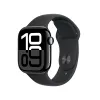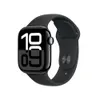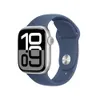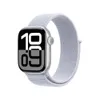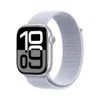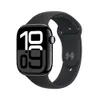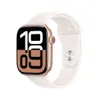Forget regular squats — try the 'bear hug squat hold' to strengthen your core and legs
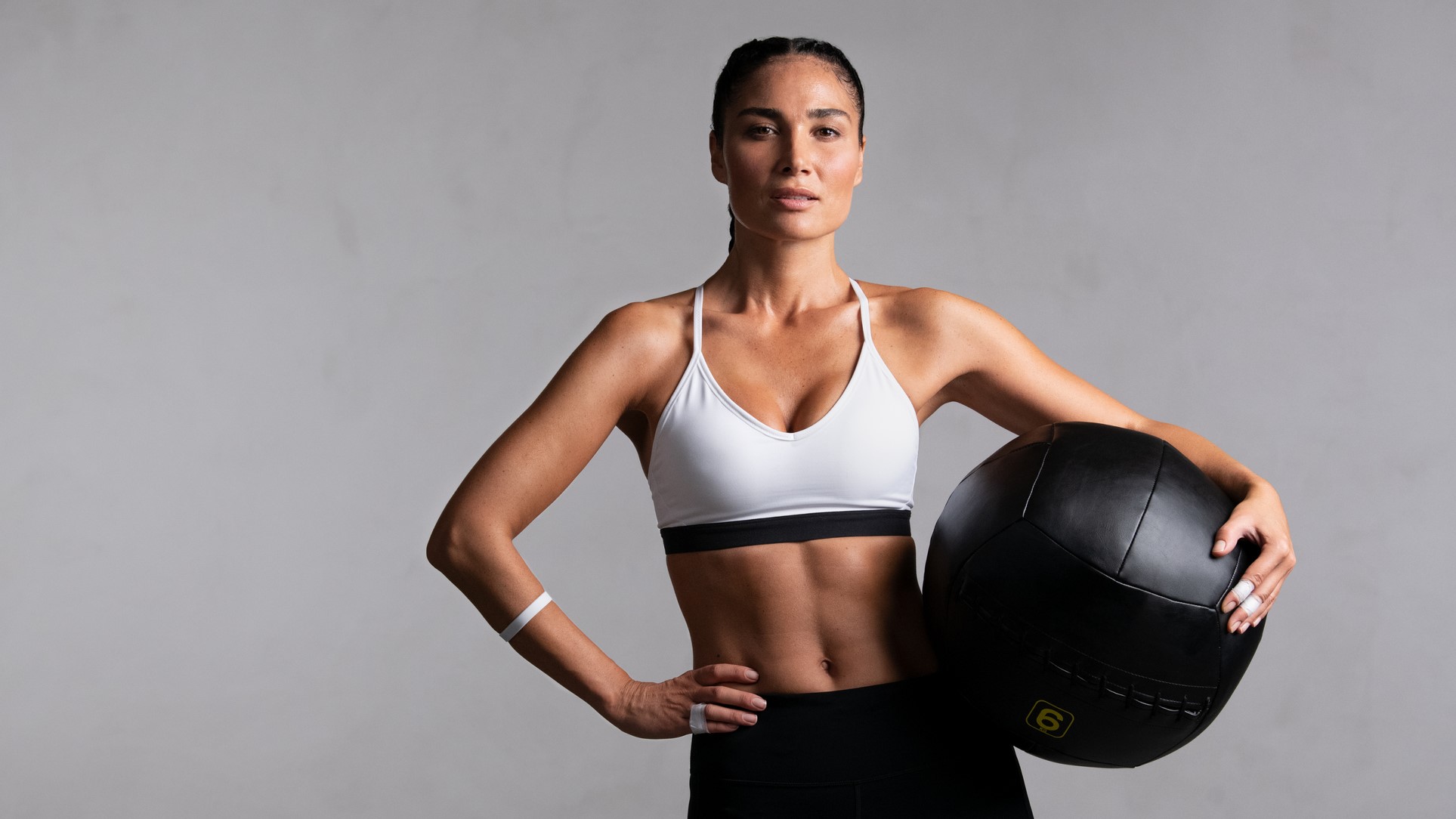
Squats famously build strength and muscle in your lower body — specifically the glutes, hips, quads and hamstrings — and utilize your core muscles for stability. However, you can engage more of your upper body, too, using the bear hug technique.
We know what a bear hug is — one of those big, tight squeezes you give to a loved one — but sadly, no family or friends are involved during this exercise, unless you can pick them up using your own bodyweight.
Instead, you’ll hug a weight like a sandbag or medicine ball and wrap your arms around it, squeezing it tightly. This not only engages your upper body and core, but also makes the squat hold exercise a whole lot more challenging.
Here’s how to do the bear hug squat, and why you should.
How to do the bear hug squat hold
The bear squat hold is quite simple, but in practice, a few tips will literally help you squeeze more juice out of this lower-body exercise.
- Stand with your feet shoulder-width apart, hugging your chosen weight close to your chest. Ensure you fully wrap your arms around it to secure the position
- Sit your hips back and perform a squat, bending your knees and lowering until your thighs are at least parallel to the ground
- Adopt a tripod stance — press through your heels, big toes and little toes to spread the weight evenly. Keep your chest up, shoulders relaxed and drawn down and back straight
- Hold the squat, actively squeezing the weight toward you and bracing your core muscles for stability
- Avoid leaning forward and stay tall
- When the time is up, drive through your heels to stand and squeeze your glutes as you extend through your hips and knees.
To pick up the weight, ensure you use your core muscles. Squat down, keeping your back straight and chest raised, pick up the weight, then shrug it up to your chest and grip it tight.
For an extra challenge, switch from isometric (the holding position) to isotonic by performing squats for a set number of reps; I would aim for 8-12 reps and 3-4 sets. For a hold, aim for 20 to 30 seconds for several rounds.
Get instant access to breaking news, the hottest reviews, great deals and helpful tips.
What are the benefits of bear hug squats?
Bear hug squats provide all the benefits of loaded squats while placing more demand on your upper body and building grip strength. By using something tricky to hold, like a sandbag or dead ball, you can encourage an upright torso position, improving posture and squat technique.
Moreover, it becomes a full-body exercise, building stronger, more stable and functional muscles and joints, including your glutes, core, hips and legs.
The unique benefit of this move is the ability to generate a lot of intra-abdominal pressure, so ensure you lift with your core and drive through your legs without your lower back taking over.
I tried this exercise recently myself in the gym, and it humbles you fast. I enjoy playing around with the tempo, lowering for the count of five, then driving up for the count of one. You can also pause at the bottom of the squat or just focus on holding the position if you don’t want to perform squats.
Start light and ensure you can transition the weight from the floor to the chest without hunching or overloading your back. Build slowly until the weight feels challenging but not impossible from the start.
Notably, your forearms, shoulders and core muscles feel this squat variation insanely quickly, and the muscle tremble is real. I had to really focus on my breath, exhaling powerfully as I stood. The next day, despite the fact that I train my legs regularly, my lower body and core muscles were in tatters.
For me, this worked nicely as an EMOM, otherwise, I’d have rested too long. I aimed for 10 good quality reps every minute on the minute, resting after each set of 10 until the next minute started.
Good luck!
More from Tom's Guide
- Forget the gym — this 30-minute ‘Japanese walking’ workout strengthens your entire body and boosts metabolism
- I wore the Garmin Forerunner 970 for over a week — here’s 5 things I like and 3 things I don’t
- I’m a personal trainer — 5 things I wish I'd known before trying barbell squats for the first time

Sam Hopes is a level 3 qualified trainer, a level 2 Reiki practitioner and fitness editor at Tom's Guide. She is also currently undertaking her Yoga For Athletes training course.
Sam has written for various fitness brands and websites over the years and has experience across brands at Future, such as Live Science, Fit&Well, Coach, and T3.
Having coached at fitness studios like F45 and Virgin Active and personal trained, Sam now primarily teaches outdoor bootcamps, bodyweight, calisthenics and kettlebells.
She also coaches mobility and flexibility classes several times a week and believes that true strength comes from a holistic approach to training your body.
Sam has completed two mixed doubles Hyrox competitions in London and the Netherlands and finished her first doubles attempt in 1:11.
You must confirm your public display name before commenting
Please logout and then login again, you will then be prompted to enter your display name.


